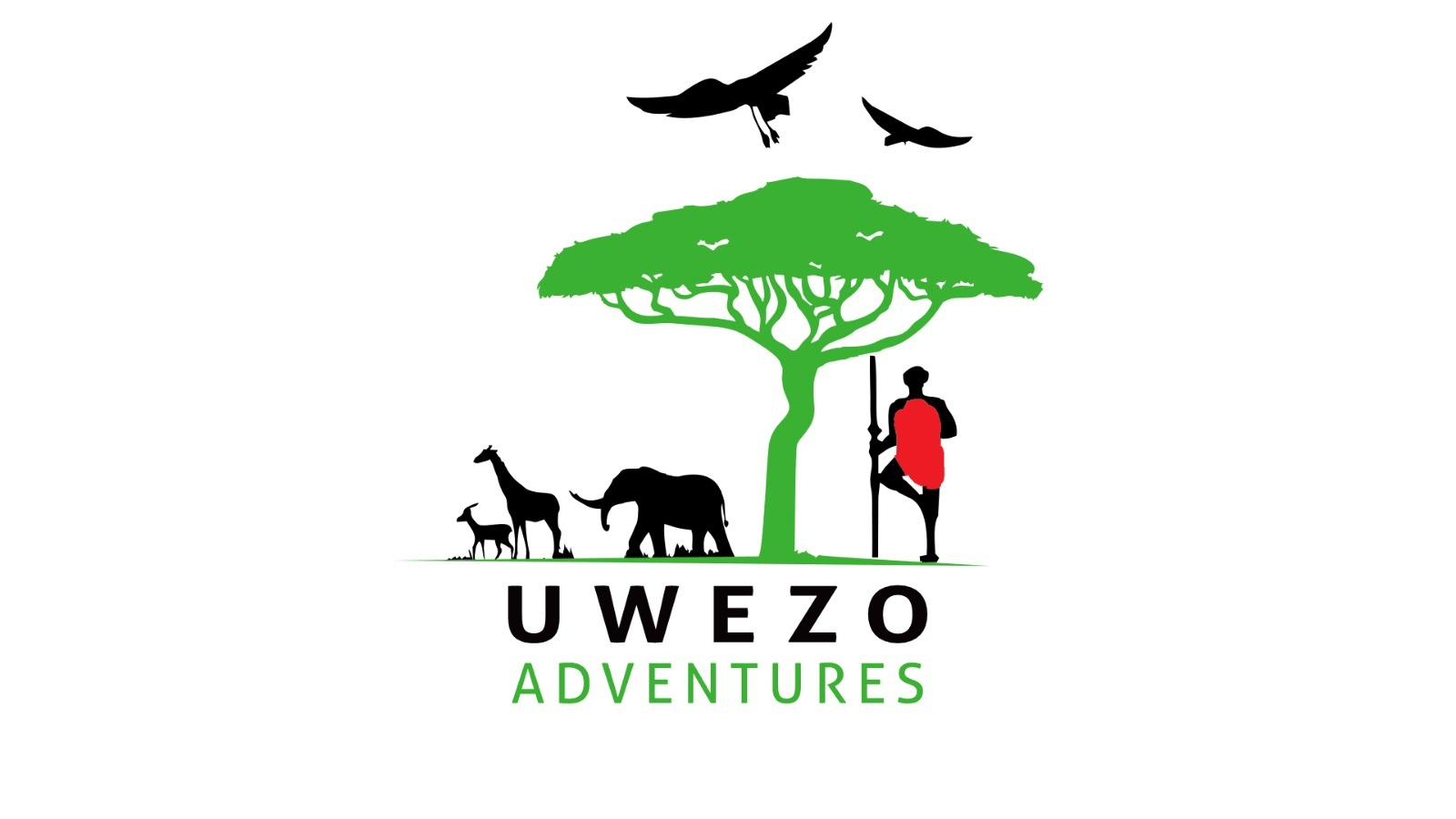The Maasai tribe is one of the most iconic and well-known indigenous communities in Africa. Known for their rich culture, deep connection to nature, and fierce warrior traditions, the Maasai have stood as guardians of the savannah for centuries. Despite modernization, they have preserved their way of life, making them a fascinating and resilient people. Here are ten intriguing facts about the Maasai tribe.
1. The Maasai Are Semi-Nomadic Pastoralists
The Maasai people traditionally lead a semi-nomadic lifestyle, moving with their cattle in search of fresh grazing lands and water. Livestock, especially cattle, are central to their way of life, serving as a source of food, wealth, and social status.
2. They Believe in a Supreme God Named Enkai
The Maasai’s spiritual beliefs revolve around Enkai (or Engai), a supreme deity associated with the sky and rain. They believe Enkai entrusted them with all the cattle in the world, which explains their deep reverence for livestock and their reluctance to sell them unless necessary.
3. Maasai Warriors Are Renowned for Their Bravery
Traditionally, young Maasai men had to prove their courage by hunting and killing a lion as part of their initiation into warriorhood. Though this practice has been largely discontinued due to conservation efforts, the Maasai are still regarded as fearless warriors.
4. Their Distinctive Red Shuka and Beaded Jewelry Have Cultural Significance
The Maasai are easily recognized by their bright red shuka (a traditional cloth wrapped around the body). Red symbolizes strength, courage, and protection against wild animals. Maasai women and men also wear intricate beaded jewelry, each color representing different aspects of life, such as peace, fertility, and energy.
5. They Live in Manyattas – Traditional Mud Huts
A Maasai manyatta is a small homestead made of mud, sticks, and cow dung. These huts are built by women and arranged in a circular pattern to protect livestock from predators. The manyatta structure reflects their semi-nomadic lifestyle, as they can be easily dismantled when the community moves to new pastures.
6. Cattle and Milk Are Central to Their Diet
The Maasai diet mainly consists of milk, meat, and sometimes blood from their cattle. They mix fresh or fermented milk with blood, which is considered a nutritious delicacy. While modern influences have introduced other foods into their diet, livestock remains the foundation of their sustenance.
7. The Maasai Practice Oral Storytelling
The Maasai do not have a written historical record but instead pass down their traditions, values, and history through oral storytelling. Elders play a vital role in educating the younger generation about their ancestry, legends, and cultural practices.
8. They Are Experts in Natural Medicine
The Maasai have a deep knowledge of medicinal plants and use herbs to treat various ailments. For example, the bark of the Oloirien tree (wild olive) is used for stomach issues, while other plants help with wound healing and fever reduction.
9. The Maasai Have a Unique Jumping Dance (Adumu)
One of the most famous aspects of Maasai culture is their jumping dance, known as Adumu. During ceremonies, young warriors perform this dance by jumping as high as possible while keeping their bodies straight. It is a way to showcase strength, agility, and endurance.
10. They Are Actively Involved in Wildlife Conservation
Despite their traditional hunting background, many Maasai communities today play a crucial role in wildlife conservation. Through eco-tourism initiatives, community conservancies, and partnerships with conservation organizations, the Maasai help protect Kenya’s wildlife while benefiting from sustainable tourism.
Conclusion
The Maasai tribe remains one of Africa’s most fascinating indigenous communities, balancing their rich heritage with the modern world. Their deep connection to nature, resilience, and unique traditions make them true guardians of the savannah. If you visit Kenya or Tanzania, interacting with the Maasai offers a rare opportunity to witness their vibrant culture firsthand.





Comments